The Ground Source Heat Pump Market is currently characterized by a dynamic competitive landscape, driven by increasing demand for sustainable heating solutions and advancements in geothermal technology. Key players such as Bosch (DE), Daikin (JP), and WaterFurnace (US) are strategically positioning themselves through innovation and regional expansion. Bosch (DE) focuses on enhancing energy efficiency in its product offerings, while Daikin (JP) emphasizes the integration of smart technologies into its systems. WaterFurnace (US) is actively pursuing partnerships to broaden its market reach, thereby shaping a competitive environment that prioritizes technological advancement and customer-centric solutions.
In terms of business tactics, companies are increasingly localizing manufacturing to reduce costs and optimize supply chains. The market appears moderately fragmented, with several players vying for market share. However, the collective influence of major companies like Trane (US) and NIBE (SE) is notable, as they leverage their extensive distribution networks and brand recognition to maintain competitive advantages. This competitive structure suggests that while individual companies may have localized strengths, the overarching strategies of key players significantly impact market dynamics.
In August 2025, Trane (US) announced a strategic partnership with a leading renewable energy firm to develop hybrid systems that combine ground source heat pumps with solar energy solutions. This move is indicative of Trane's commitment to sustainability and innovation, potentially allowing the company to capture a larger share of the eco-conscious consumer market. The integration of solar technology with geothermal systems could enhance energy efficiency and reduce operational costs for end-users, thereby reinforcing Trane's competitive positioning.
Similarly, in September 2025, NIBE (SE) unveiled a new line of ground source heat pumps designed specifically for residential applications, featuring advanced smart controls and enhanced energy efficiency ratings. This product launch not only reflects NIBE's focus on innovation but also addresses the growing consumer demand for energy-efficient home heating solutions. By investing in R&D and product development, NIBE is likely to strengthen its market presence and appeal to environmentally conscious consumers.
In October 2025, Bosch (DE) revealed plans to expand its manufacturing capabilities in Europe, aiming to increase production capacity for ground source heat pumps. This strategic decision appears to be a response to the rising demand for sustainable heating solutions across the continent. By enhancing its manufacturing footprint, Bosch is likely to improve supply chain reliability and reduce lead times, positioning itself favorably against competitors in a rapidly evolving market.
As of October 2025, current trends in the Ground Source Heat Pump Market indicate a pronounced shift towards digitalization, sustainability, and the integration of artificial intelligence in product offerings. Strategic alliances among key players are increasingly shaping the competitive landscape, fostering innovation and enhancing product capabilities. Looking ahead, it seems that competitive differentiation will evolve from traditional price-based competition to a focus on technological innovation, sustainability, and supply chain resilience, thereby redefining the parameters of success in this burgeoning market.


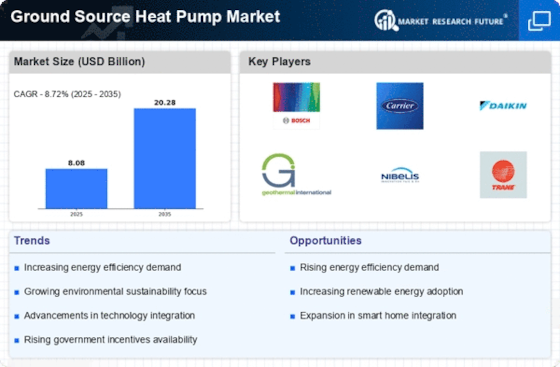
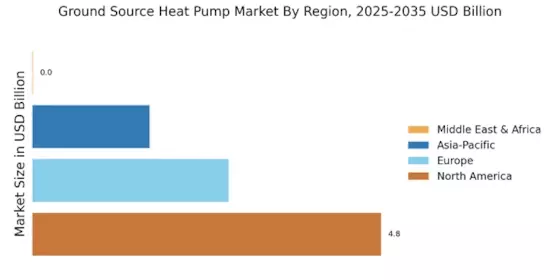


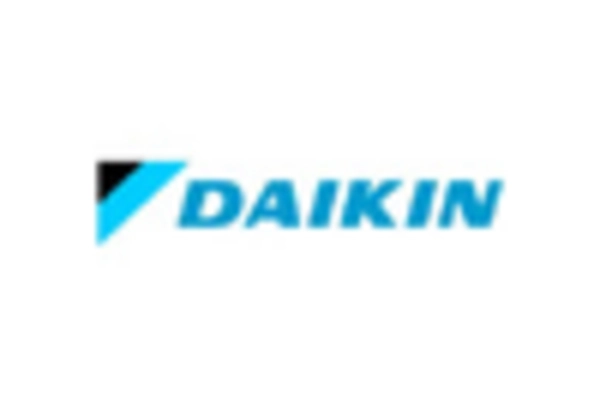
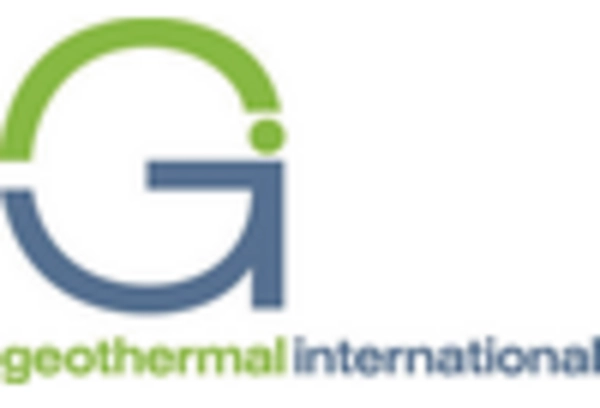
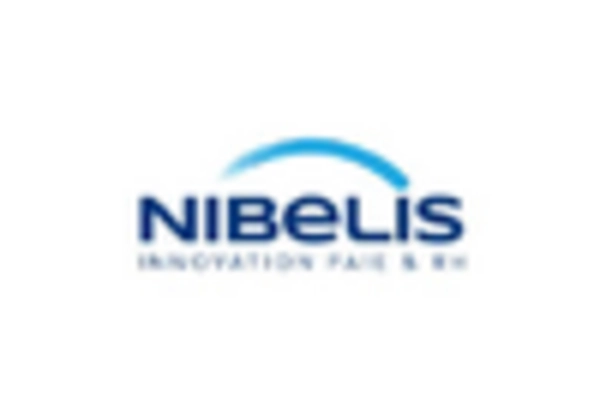
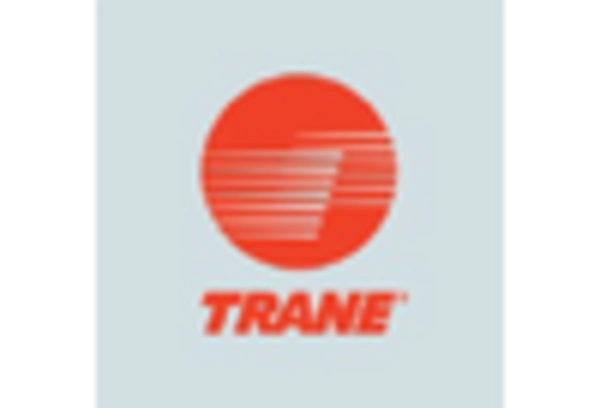








Leave a Comment